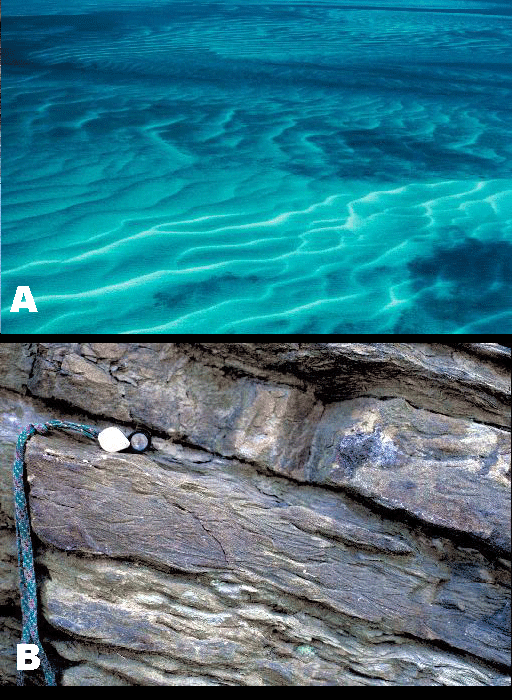
Sand collects in shallow parts of the
ocean like the place shown in (A). It is carried to the sea by
rivers. The sand often forms ripples, like you can see in (A), and even underwater sand dunes and may eventually become layers of
sedimentary rock called sandstone like that shown in (B).
How do people get to the shallow ocean? They scuba dive!
Back to the Table of Environments
Both images courtesy of Martin Miller, University of Oregon and the Earth Science World Imagebank.
Last modified January 6, 2004 by Lisa Gardiner.
You might also be interested in:
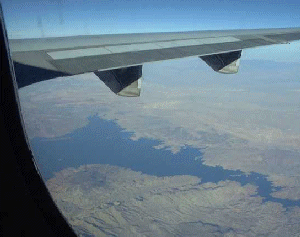
Rivers are very important to Earth because they are major forces that shape the landscape. Also, they provide transportation and water for drinking, washing and farming. Rivers can flow on land or underground
...more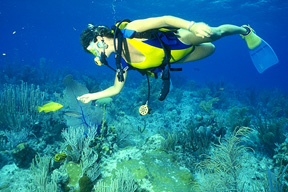
Do you know what scuba stands for? It means self-contained, underwater breathing apparatus. What does that mean? Well, it means that divers carry their air with them when they dive! There are different
...more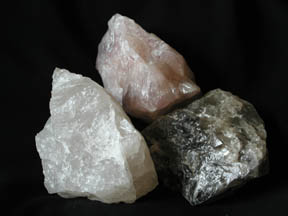
Spotting minerals is fun! There are many different types of minerals. Each has a different name and special traits. You can learn more about minerals by looking closely at them to understand their special
...more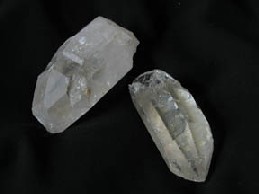
This mineral is called quartz! Sometimes it looks white like milk but usually it looks clear like glass, sometimes with a little pink or gray tinge of color. You can find crystals of quartz in many different
...more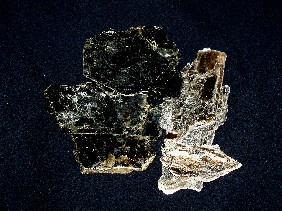
Mica minerals make some rocks sparkle! Look for them in your igneous and metamorphic rocks. Do they make your rocks sparkle? They break into flat plates because they have cleavage.
...more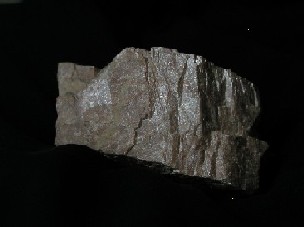
This is a feldspar mineral! Look for it in igneous rocks where it looks like white or pink crystals. You might find it in other types of rocks as well.
...more
The mineral that is green is called olivine! Look for it in igneous and metamorphic rocks. In this picture, olivine is filling a hole in the igneous rock.
...more















